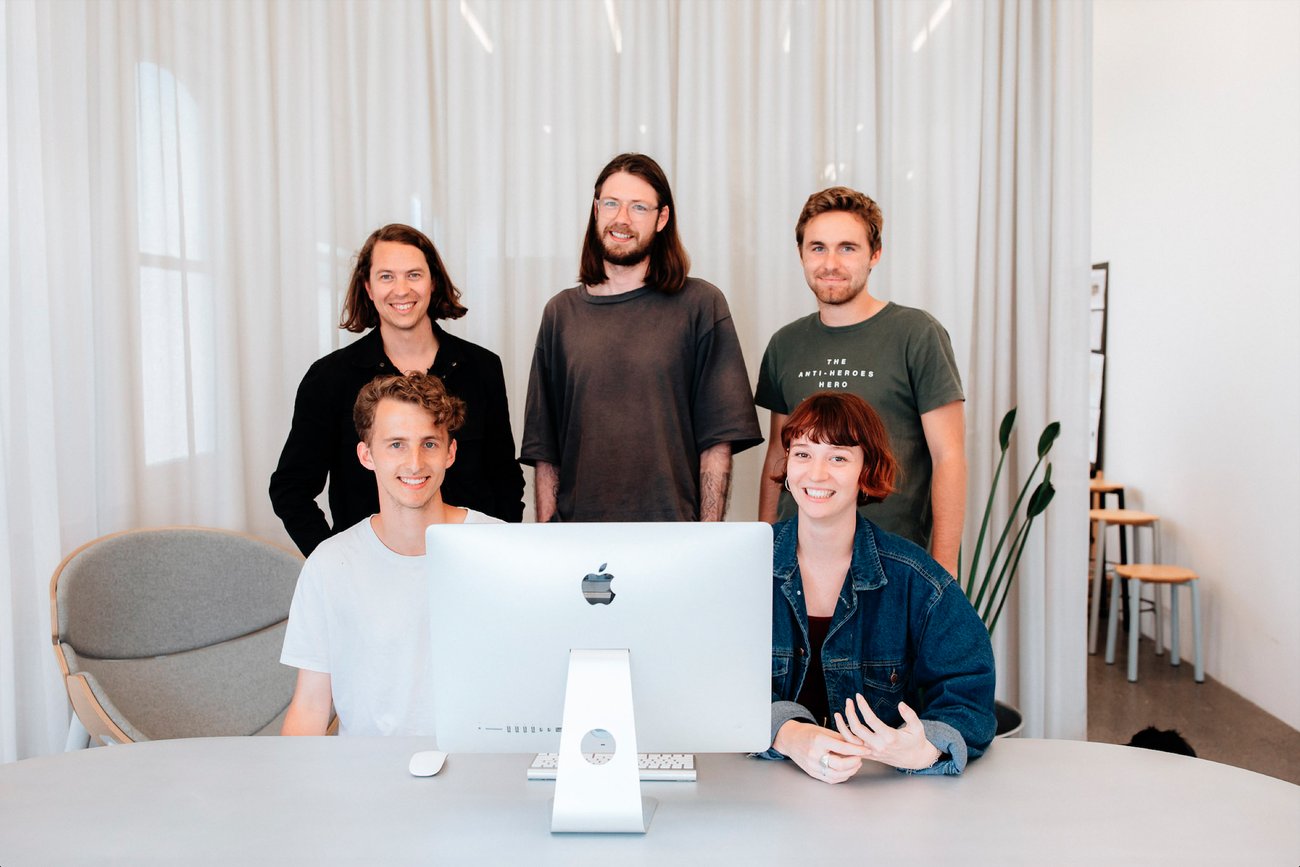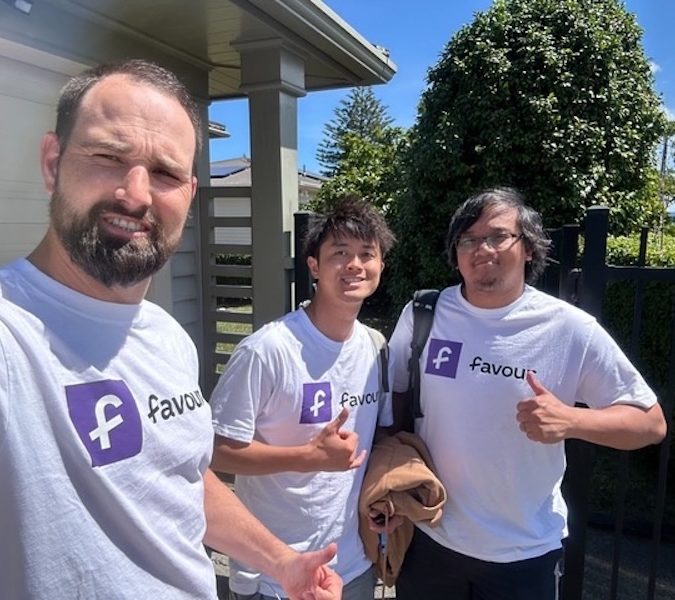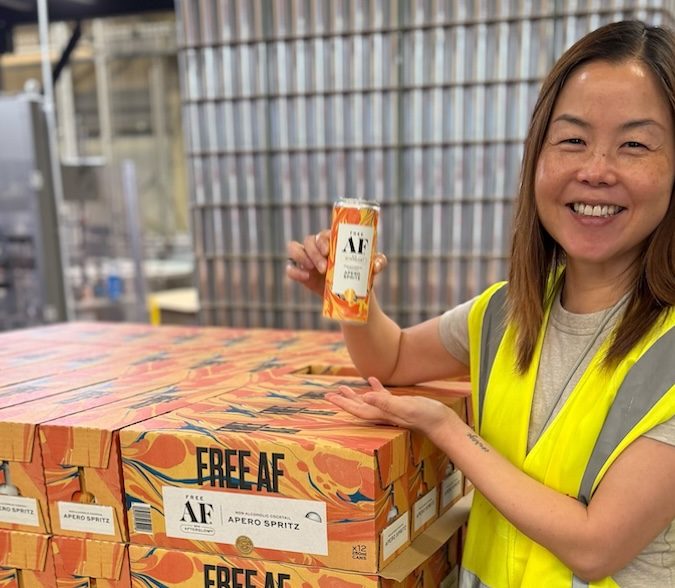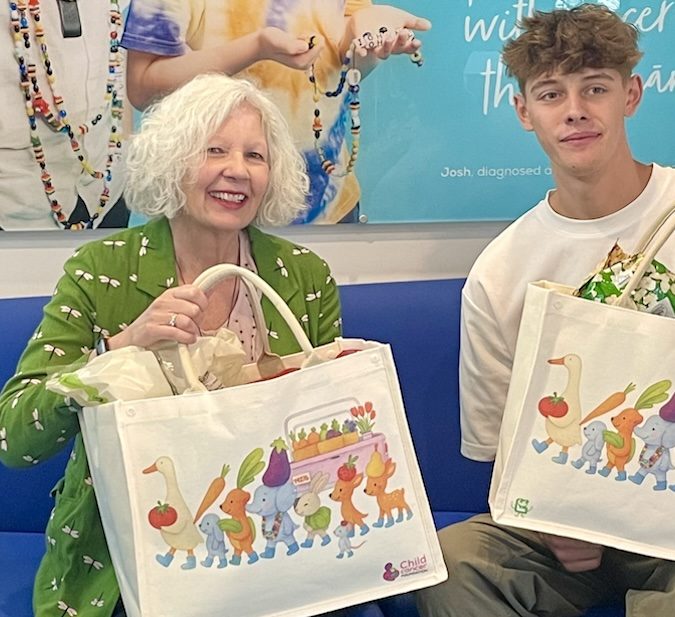Narrative co-founder James Broadbent shares how he got international investment

Idealog: You bootstrapped Narrative in the very beginning. Looking back, do you think there are advantages to humble beginnings?
Broadbent: There are a few. Raising funds takes a lot of time and it’s a massive distraction, so the longer you can put it off, the more time you’ve got to put towards the actual product, growing it and growing the company.
So how did you actually start the funding round for Narrative? It must be quite a complicated process.
One of the early conversations that proved to be quite fruitful was a conversation with the Flux team at Icehouse. You need to find someone who’s going to lead your round, someone who’s going to write terms, agree on the valuation, etcetera, and then once you have that, moving forward becomes a lot easier.
So, what are investors generally looking for?
For early stage investors, or even seed investors, they’re looking for some form of product, a proof-of-concept in-market. They’re not expecting you to have all your figures down or to know what your LTV [life-time-value] and cost of acquisition is, but they want to see that you’ve got far enough along that something is in the market and it’s gaining traction. At the point we were raising, we had a growth rate far above average and an incredibly low churn, so we were coming in with strong figures.
The story that we took to our investors was, ‘These are the figures and these are the next two products that we’re building. We need a team to help us build these products because we’re too small.’ That’s the story we raised on.
Is there a secret to piquing the interest of Silicon Valley veterans?
Something we recognised early on was that when you’re pitching to VCs, they’re not interested in $100-million-dollar companies, they’re interested in billion-dollar companies, so we really had to make sure we spent time focusing on the size of the market and the potential our products hold. We had to show them how Narrative will become a billion-dollar company.
It’s certainly a good result in a short amount of time, but looking back, is there anything you do differently?
I would have started conversations with investors earlier. These conversations take a long time and you need to give yourself time to build relationships with those that may be interested in investing in you. Someone said to me, ‘Make sure you get out there and kiss as many frogs as you can so you can work out who you connect with’.
By the time we finished our raise, we had about 30 names of people who were interested, but that was just the people we’d managed to speak to in a couple of months. Best to start those conversations as early as you possibly can.
Finally, what advice do you have for the next up and comer looking to emulate your success?
I still often hear my friends say ‘Oh, I’ve got this crazy idea, I just wish I had the time to do it,’ or ‘or I wish I had the skills to do this’. And I always say, ‘You’re probably not the only person thinking about that idea, but if you action it, you’d probably be the only person actually doing it’.
VC’s are looking for unique ideas for with market fit. The crazier the idea you’re pursuing, the more likely it is that you’re going to lift eyebrows and actually get meetings with VCs. If you can show them that this wild idea could work in market and change the industry, then you’re on to something good.




